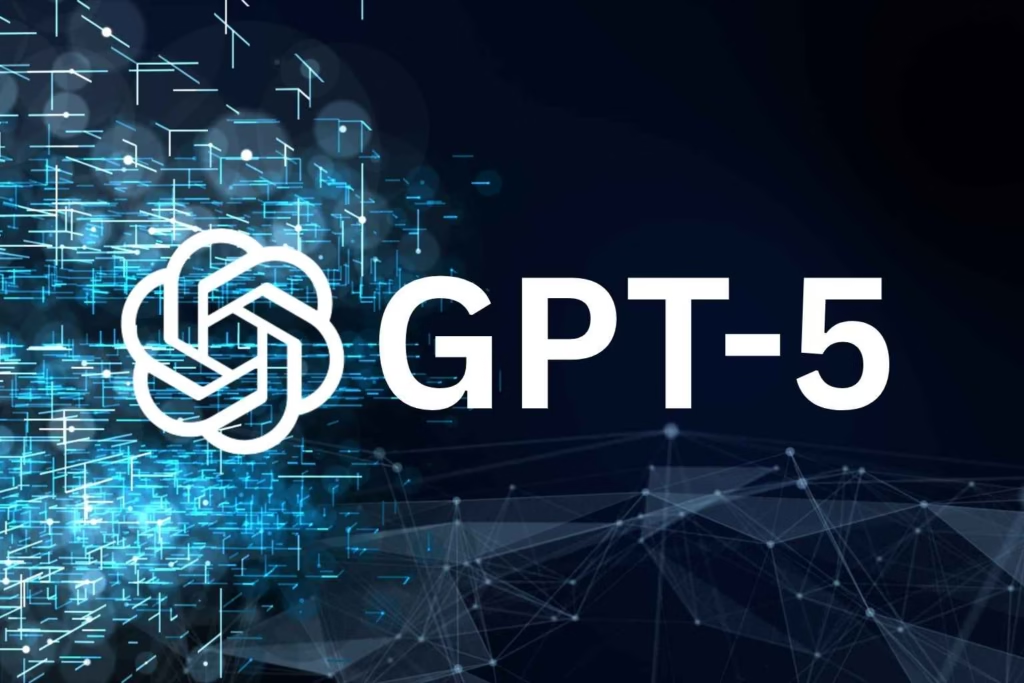What Is GPT-5? Features, Differences, and What’s New

What is GPT-5? It’s the next step in OpenAI’s journey with large language models, promising smarter features, broader capabilities, and a glimpse into the future of AI.
AI tools are rapidly evolving. Each new generation raises the question: what’s new and what can it do better? With GPT-5, the expectations are higher than ever.
That’s why many people are asking what GPT-5 means, what makes it different, and how it could shape the future of artificial intelligence.
What Does GPT-5 Stand For?
GPT stands for Generative Pre-trained Transformer. It’s a type of AI designed to understand and generate text that resembles human language. GPT-5 is the fifth major version, building on years of research and refinement.
So, when people ask “GPT-5 meaning” or “what does GPT-5 stand for?”, the answer is simple: it’s the latest in OpenAI’s series of advanced language models.
GPT-5: What’s New and Different?
So, what’s new in GPT-5? OpenAI has not revealed all details publicly. But based on patterns from past upgrades, experts expect improvements in:
- Accuracy: More context-aware answers.
- Reasoning: Better logical thinking across complex queries.
- Efficiency: Smarter use of resources for faster responses.
- Multimodality: Stronger ability to handle text, images, or other inputs together.
Here’s a quick look at GPT-5 vs GPT-4 differences:
| Feature | GPT-4 | GPT-5 (Expected) |
|---|---|---|
| Accuracy | High, but limited in long context | Improved with extended memory |
| Reasoning | Strong but prone to gaps | Expected stronger logical flow |
| Multimodality | Limited to text + images | Broader, faster integration |
| Efficiency | High compute cost | Optimized efficiency (expected) |
| Features | Expected a stronger logical flow | Expanded use cases + better fine-tuning |
This comparison shows why many ask: “Is GPT-5 smarter?” Early indicators suggest yes, though official benchmarks are still awaited.
For a full breakdown of major updates between the two models, you can also explore our guide on the 5 key differences between GPT-4 and GPT-5
What Is GPT-5 Capable Of?
While OpenAI hasn’t disclosed everything, we can predict based on AI trends:
- Better long-form answers without losing context.
- Improved coding, help, debugging, and problem-solving.
- Enhanced creative writing, from blogs to scripts.
- Smarter multilingual support across global languages.
- Refined factual accuracy with reduced hallucinations.
In short, GPT-5 will likely be more reliable, versatile, and efficient than GPT-4.
How to Use GPT-5
Using GPT-5 should feel similar to GPT-4. You’ll access it through:
- Chat platforms like ChatGPT.
- APIs for developers integrating AI into apps.
- Partner products where OpenAI licenses the model.
So if you’re asking “how to use GPT-5”, the answer depends on whether you’re an individual, a business, or a developer. Access will vary, but it’s expected to roll out gradually after release.
About GPT-5 Features in Detail
Every upgrade brings features that redefine what’s possible. Some expected GPT-5 features include:
- Expanded memory for longer conversations.
- Improved safety with reduced harmful outputs.
- Domain expertise (medicine, law, coding) with more fine-tuned accuracy.
- Faster responses due to better efficiency.
These changes mean GPT-5 is not just a model — it’s a platform for broader AI innovation.
FAQs on GPT-5
What is GPT-5?
GPT-5 is the fifth version of OpenAI’s Generative Pre-trained Transformer, designed to be more powerful, accurate, and efficient than GPT-4.
What is GPT-5 capable of?
It’s expected to handle longer text, improve reasoning, support multiple formats, and deliver more accurate, creative outputs.
What’s new in GPT-5 compared to GPT-4?
Experts expect better efficiency, stronger reasoning, and enhanced multimodal abilities. Exact details are still emerging.
Is GPT-5 smarter than GPT-4?
Yes, early reports suggest GPT-5 is smarter and more reliable, though official performance benchmarks are not fully available.
Conclusion: The Next Leap in AI
GPT-5 vs GPT-4 differences highlight more than just small upgrades. GPT-5 represents a step toward smarter, more efficient, and more versatile AI.
For everyday users, this means better answers and wider use cases. For businesses, it could mean cost savings and stronger productivity.
The question is no longer “what is GPT-5?” but “how will GPT-5 change the way we use AI?” The answer will become clearer as OpenAI shares more.
For insights into GPT-5’s sustainability impact, check our in-depth blog: GPT-5 vs GPT-4 Energy Efficiency: Why It Matters